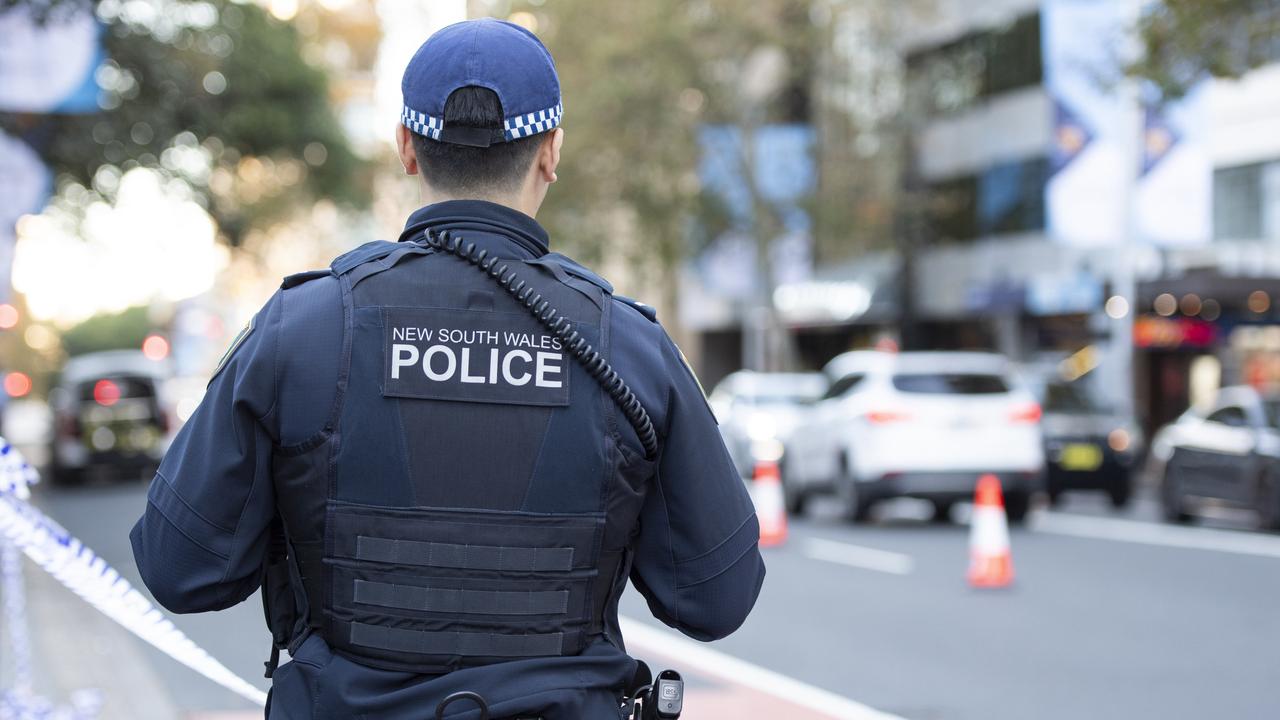‘Got your back’: ADF deployed across NSW Mid North Coast as mammoth flood clean-up begins
Anthony Albanese will deploy the Australian Defence Force in flood-affected areas as the gigantic clean-up process begins.
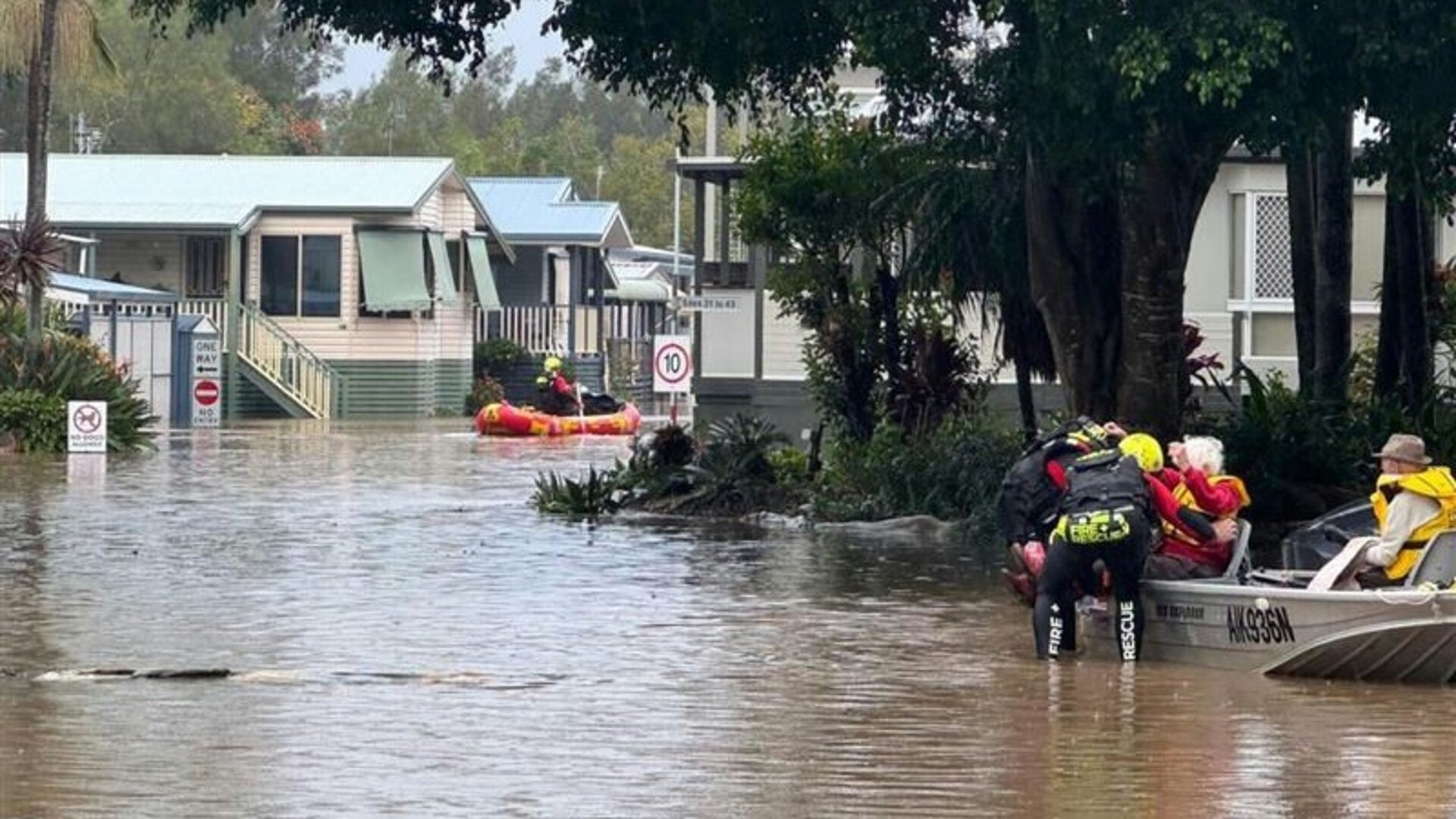
Anthony Albanese will deploy the Australian Defence Force to flood-affected areas as waters recede across parts of NSW’s Mid North Coast and Hunter regions that were decimated by devastating floods last week.
As the clean-up process begins, more than 10,000 homes have been damaged and more than 30,000 people remain cut off, including communities in Wingham, after the Bight Bridge was destroyed over the weekend.
More than 3000 homes have so far been assessed for damage by the SES, of which 300 have been deemed uninhabitable.
On Monday morning, the Prime Minister said 70 ADF personnel would be deployed in the mammoth clean-up efforts.
The ADF will be positioned to begin the clean-up on Tuesday, he said, alongside the National Emergency Management Agency and emergency services from Victoria, ACT, Queensland, Tasmania, South Australia, Western Australia and New Zealand.

PM not going through recovery funds ‘with a calculator’:
Mr Albanese said having the ADF on the ground was “a sign of how seriously we, as a nation, are taking to what is a catastrophic event”.
“From my experience, the presence of ADF personnel on the ground brings enormous confidence to communities that are really doing it tough,” he told reporters.
Deputy Prime Minister Richard Marles said the ADF would be on the ground in some of the impacted communities to assist with early clean-up efforts and thanked the volunteers and communities who had already made inroads with recovery.
“Alongside emergency services and Disaster Relief Australia, the ADF will provide support to assist with planning, welfare checks, route clearance and the re‑establishment of critical infrastructure across the region,” he said.
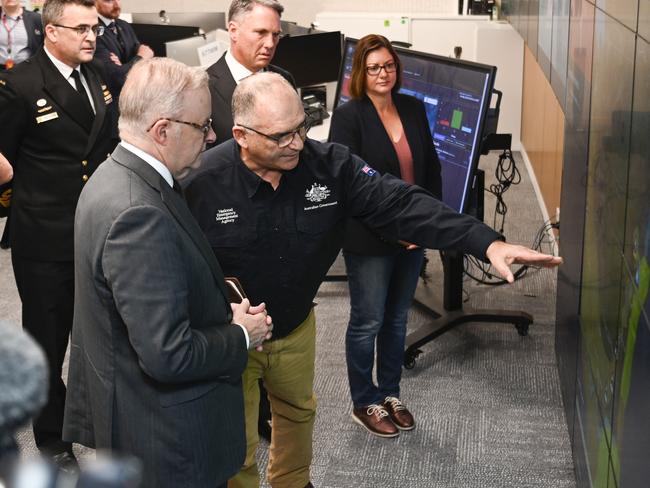
Mr Albanese said the floods revealed the Australian spirit, and he added that more assistance would be on the way.
“At the worst of times we see the best of the Australian character, and we’ve seen that once again in NSW,” he said
“People stepping up to help out because that’s the Australian way.
“My message to these communities is simple: we’ve got your back.
“That’s why we’re activating further support and sending more help to communities impacted by these devastating floods.”
When asked about the costs of the clean-up, Mr Albanese said the government knew it would cause a “substantial” economic impact, but he wouldn’t be limiting funds for certain areas.
“We know … that what we don’t do is go through with a calculator,” he told reporters.
“What we do is say, if it’s needed, we’ll support you. Simple as that.”

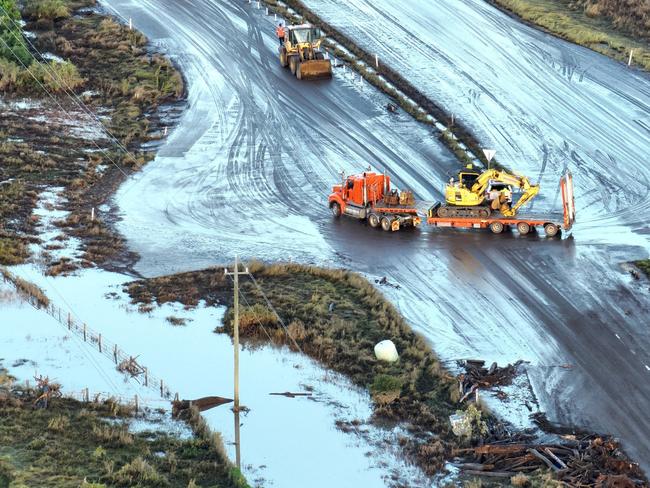
Mammoth clean-up begins
As thousands of residents slowly begin the enormous clean-up and recovery effort following the devastating floods, people have travelled from all over the country to chip in how they can.
Minister for Emergency Management Kristy McBain said financial assistance and the “clean-up support on the ground” was “just the beginnings” in the giant recovery process.
“I want to assure people in the Hunter and Mid North Coast that there will be a united effort between the three levels of government to support impacted communities at every stage of recovery,” she said on Monday.
“As floodwaters recede and as we get a better picture of the full extent of damage, we will work quickly to activate more tailored assistance to support people in the Hunter and Mid North Coast.”
Foster resident Holly told the ABC that she “and a group of amazing women” formed the MidCoast Community Flood Response, a group of 600 volunteers who are working tirelessly alongside the SES to help support towns get back on their feet.
“It is not the community’s responsibility to lead efforts,” she said, adding they needed more volunteers to support towns like Taree.
“We are working behind the official efforts, but we can mobilise our community in an organised way that is safe, responsible and means we can respond at scale alongside the SES,” she said.
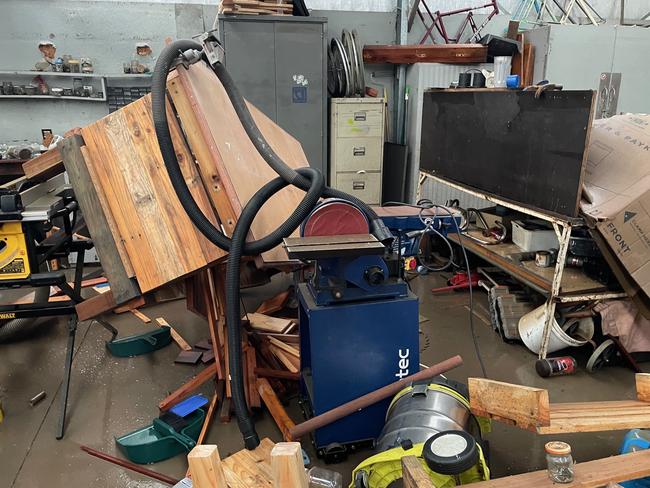
SES flood recovery safety tips
The SES has advised residents taking part in the clean-up to be cautious of floodwaters containing dangerous debris and pollutants, such as garbage, chemicals, debris, sewage, germs such as bacteria, fungi and viruses.
Residents have been told to take photos of their properties before they begin cleaning for insurance claims.
They have also been told to wear protective clothing when touching or cleaning flood-damaged items and to leave waste on the kerbside, separating whitegoods and mattresses from other debris.
“This has been an incredibly challenging event for many communities, and I want to sincerely thank our NSW SES volunteers and partner agencies for their unwavering dedication and commitment in responding to this crisis,” NSW SES commissioner Mike Wassing said.
“As we transition into the recovery phase of this operation, our priority remains on delivering essential supplies to the thousands of residents who remain isolated.
“As the water recedes, we are only now starting to see the true scale of the devastation communities are dealing with.
“We are carrying out rapid assessments and working with communities to wash and clean out properties where it is safe to do so, but with 10,000 properties impacted, this will take time,” he added.
“Recovery is a long process, but communities have demonstrated remarkable resilience and resourcefulness, and I have no doubt they can rebuild together.”
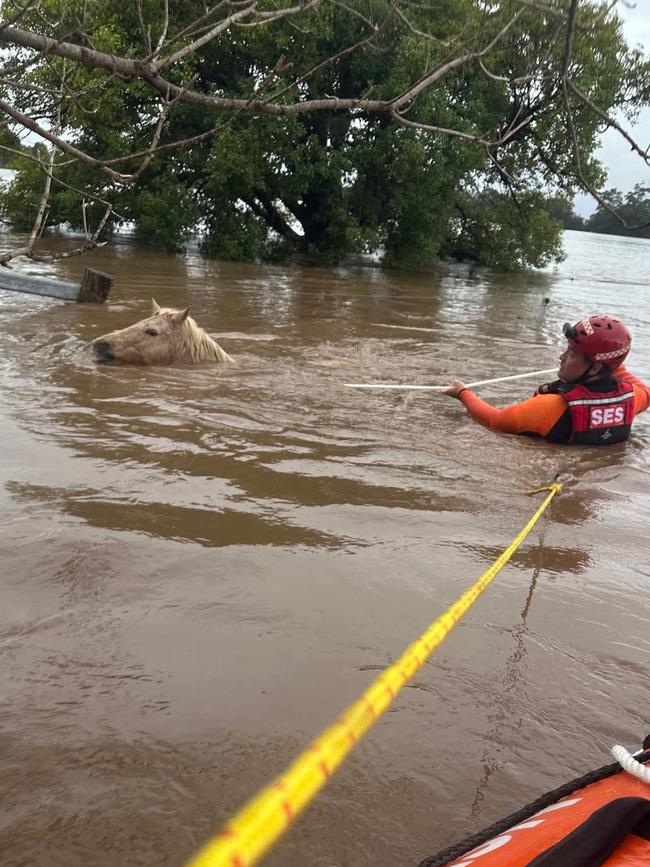
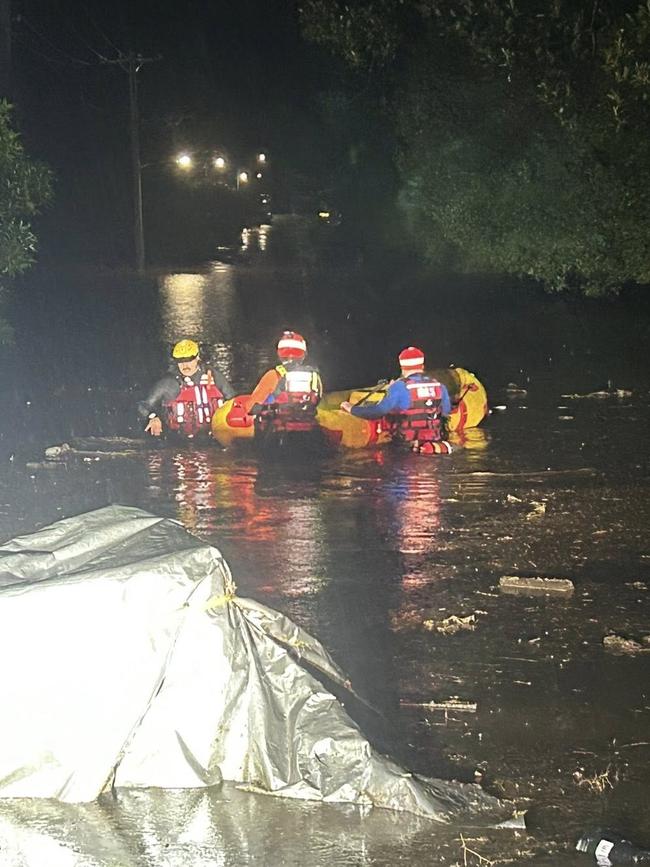
Warragamba Dam overflows
Shortly after 5pm on Saturday, the Warragamba Dam reached full capacity and began a small spill early on Sunday morning.
The dam, which services much of Sydney, passed its peak of inflow on Sunday, a spokesman told NewsWire.
“Based on current inflow predictions, the peak outflow could be around 20 gigalitres a day,” they said.

